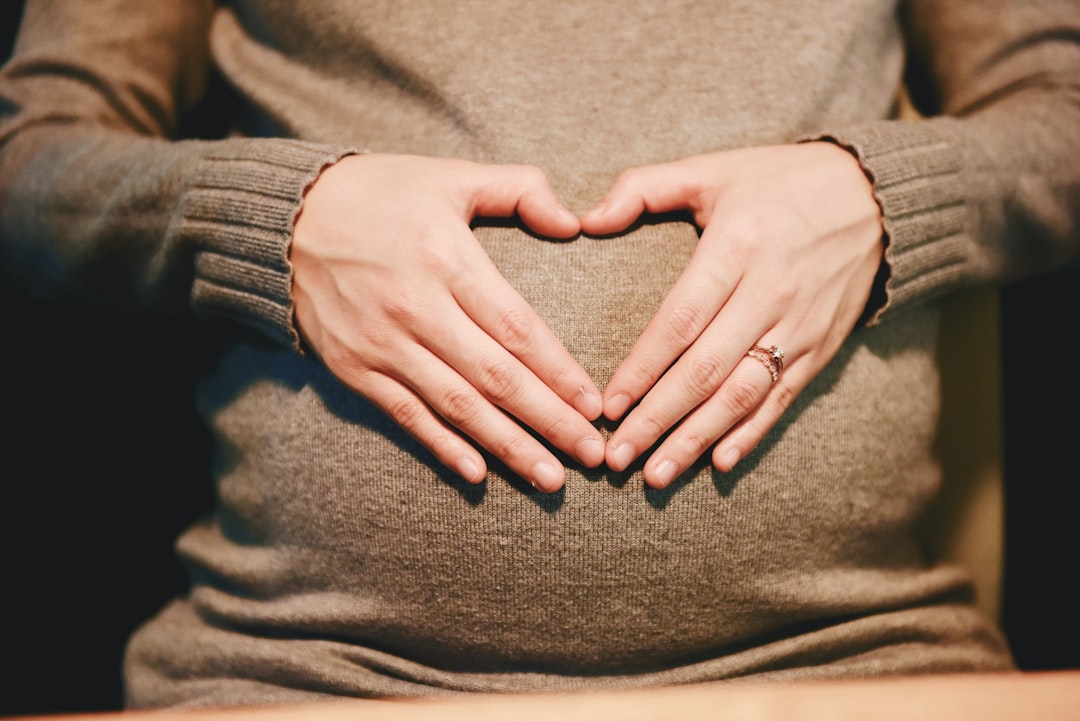- Important, Not Important
- Posts
- 🧠 Explainer: Maternal Health
🧠 Explainer: Maternal Health
What you need to know

What is maternal health?
The term maternal health itself is pretty self-explanatory: the health of women during pregnancy, childbirth, and the postnatal period.
This is obviously important to the survival of the human species, especially since we’re notoriously bad at giving birth (thanks, bipedalism and big brains).
But it’s also important because even if you aren’t a woman, or have never been pregnant, you definitely know at least one person who has (hi, Mom), and despite being something that affects everyone, women’s health in general is vastly under-researched and the outcomes for maternal health (such as maternal mortality rates) in the US are not great.

Maternal mortality
Maternal mortality rates are calculated if a mother dies at any time during pregnancy or in the 42 days after giving birth — but experts suggest that problems can arise up to a year after childbirth and that about 30% of pregnancy-related deaths happen from 43 to 365 days after delivery.
While maternal mortality rates in low-income countries are much worse, the US is an outlier among wealthy nations.
Rates nearly doubled in the US between 1999 and 2019.
In 2020, the average maternal mortality rate in high-income countries was 12 deaths per 100,000 live births, but in the US it was nearly 24 and the CDC says that maternal mortality continued to rise from 2019 to 2021, jumping to 32.9 deaths per 100,000 live births in 2021.
The CDC finding was challenged in March 2024 by a new study suggesting that the CDC overcounted. Determining maternal mortality rates is tricky for myriad reasons, the first being that cause-of-death records are prone to error, and also because of how pregnancy may interact with pre-existing health conditions.
The CDC has gone back and forth in its counting methods over the past few decades, first overcorrecting for undercounting by adding a checkbox asking if a woman was pregnant on cause of death reports (which led to false positives), and then removing the checkbox for older women and requiring verification.
In response to the contradictory study, the CDC says that the alternative methods result in an undercount, something the authors themselves agree to in their paper, so the rate is likely somewhere in between the CDC and the new study’s estimate (and remember, mortality rates don’t count deaths past 42 days).
Regardless, when an estimated 84% of maternal deaths are preventable, the rate is absolutely too high however you count it.
What is Black maternal health?
One thing that is clear in both studies is that Black women die due to pregnancy-related complications at way higher rates than white women (69.9 deaths per 100,000 live births in 2021, which is an outrageous disparity).
Black women face a much higher risk of maternal death due to systemic racism, and overt and implicit bias from healthcare providers, as well as the combined impacts of several structural and social determinants of health.
Black Maternal Health Week takes place between April 11-17th every year to bring awareness to the issue.
At the policy level, Representatives Lauren Underwood and Alma Adams have developed the Black Maternal Health Momnibus Act (learn more about that in our conversation with Representative Underwood) to address disparities in Black maternal health outcomes in the US.

What causes maternal mortality?
Maternal mortality is often caused by heart disease, stroke, cardiomyopathy (weakened heart muscles), and hypertension leading to preeclampsia (which results in high blood pressure, among other things).
Risk is determined per pregnancy, but the lifetime risk to a woman is also considered, and that also depends on the number of children she already has.
Mental health is also considered a leading cause of death. Rates of suicide and homicide during pregnancy and postpartum are large contributors to maternal mortality.
This could be mitigated if we gave new parents a modicum of support in the months leading up to and after having a child (see the below chart re: maternity leave as one example).

Statista
A contributing factor to rising rates could be because women in the US are having babies later in life, and risks increase with age (stats for women over 40 are 138.5 deaths per 100,000 births).
Reproductive justice is also integral to maternal health. The overturning of Roe v. Wade in 2022 certainly isn’t improving things for women. In fact, maternal mortality rates are higher in states with restrictive abortion legislation (shocking to no one and infuriating to everyone).
What you can do
In addition to providing healthcare providers with training on implicit bias, and actually listening to women, what a crazy idea, better data on the problem and the conditions that cause it is needed.
But support for mothers and families is essential.
The following organizations working to improve maternal health outcomes:
Support them.
🎧️ Go Deeper On The Pod
Listen to our conversation with Representative Lauren Underwood about the Momnibus Act
Listen to our conversation with Simmone Taitt about her company Poppy Seed Health, an app that connects women with nurses and doulas to help them through every phase of pregnancy.
Reply